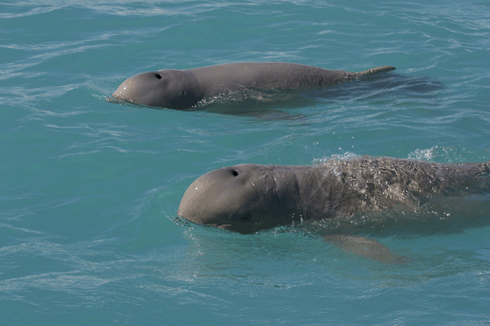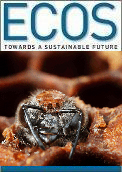
|
Published: 28 May 2012
Social media to help protect Kimberley coast?
Western Australian and US researchers are conducting a citizen science experiment that will leverage social media to collect observations of northwestern Australia from local residents, traditional owners and tourists.
The petroleum and minerals industries are becoming active in coastal areas just off the northwestern Australian coast which, some experts believe, harbours the world's richest petroleum and natural gas fields.
The region is also ‘the last great marine wilderness left on Earth,’ according to marine biologist Dave Johnston from Duke University in the US.
Lars Bejder, a marine biologist from Murdoch University's Cetacean Research Unit in WA says the research team’s greatest concern ‘is that the traditional environmental assessment process is overwhelmed’.
‘The current approval process does not allow sufficient time to document baseline information on the ecosystems of northwestern Australia through standard scientific means and still keep pace with the rate of development.
‘We hope our approach can help fill some of these gaps,’ he said.
Through field trips to Western Australia, the team will document the state of the coastal ecosystems, focusing on snubfin and humpback dolphins.
They also hope to build a network of citizen scientists who will share their experiences in the region through Twitter, Flickr, Facebook and YouTube. The updates will automatically feed, in real-time, onto an open-access map.
The research will centre on the Kimberley, home to 40 000 Indigenous Australians. The area includes sea turtles and humpback whales, which breed just offshore in winter. The nearshore coastal waters are home to the snubfin and humpback dolphins.
Bejder and Johnston are concerned about the lack of information on the abundance, habitat needs and behaviours of the two dolphin species. While the government has designated certain areas as marine sanctuaries to protect the breeding grounds of humpbacks, many protected regions border on, or overlap, sites rich in natural resources.
In 2010, the oil and gas sectors achieved record growth in Western Australia. To support this growing industry, the government has approved expansions to the region's industrial ports.
The construction includes dredging around ports to make them navigable for larger ships. Bejder is concerned this will cause unprecedented, large-scale changes to the coastal habitats of dolphins and other species.
The team hopes the data and map will ‘help provide transparency on what oil and gas companies are doing’.
Source: EurekAlert!




